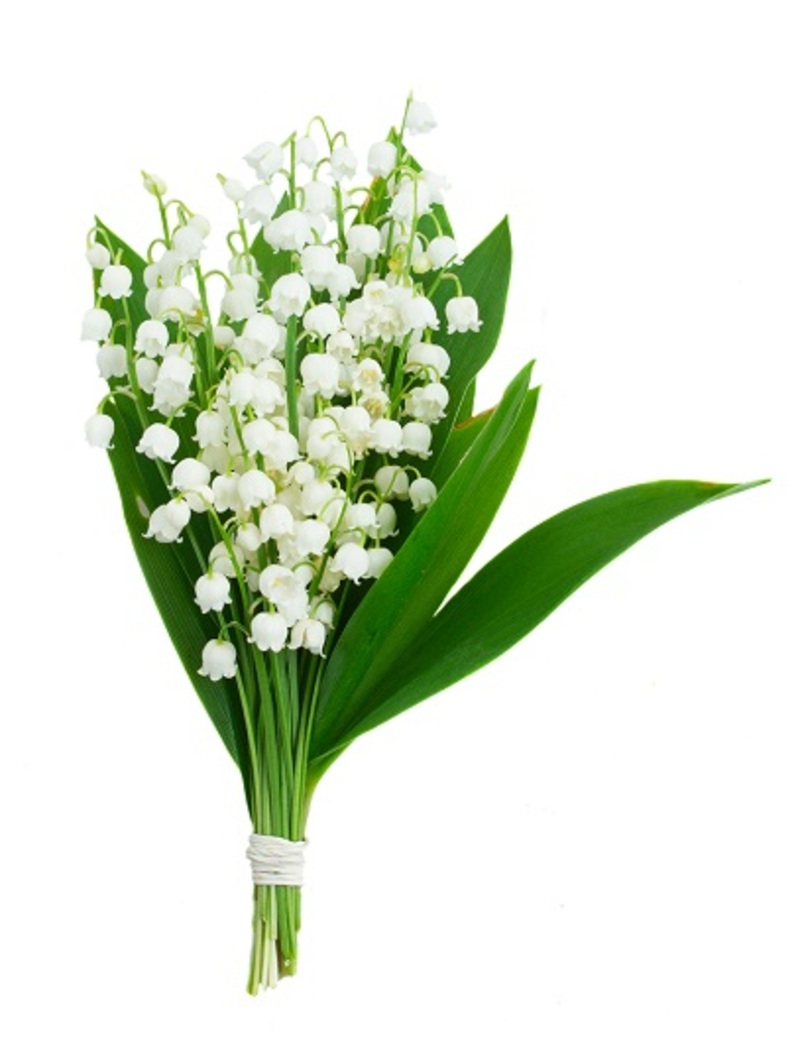Nurture hydrangeas to thrive in your garden sanctuary
Posted on 22/08/2025
Nurture Hydrangeas to Thrive in Your Garden Sanctuary
Hydrangeas are celebrated for their lush blooms, remarkable colors, and ability to elevate any landscape with their beauty. Whether you dream of a vibrant cottage garden or a serene shade-dappled oasis, learning how to nurture hydrangeas to thrive in your garden sanctuary rewards you with extravagant blossoms and year-round charm. In this comprehensive guide, you'll discover how to foster hydrangea growth, encourage bountiful blooms, and troubleshoot common problems, ensuring your hydrangeas are the envy of your neighborhood.
Understanding Hydrangeas: The Stars of Garden Sanctuaries
Before you can truly nurture hydrangeas, it's crucial to know your plant. Hydrangeas come in several spectacular types, but the most popular for home gardens include:
- Hydrangea macrophylla (Bigleaf or Mophead Hydrangea) - Famous for large spherical blooms, often in pink, blue, or purple.
- Hydrangea paniculata (Pee Gee Hydrangea) - Boasts elongated cone-shaped white flowers that blush pink with age.
- Hydrangea arborescens (Smooth Hydrangea) - Includes the beloved 'Annabelle', known for massive white flower heads.
- Hydrangea quercifolia (Oakleaf Hydrangea) - Features unique lobed foliage and long-lasting white flowers that age to deep pink.
Identifying the type of hydrangea you own is essential for proper care, as each variety has its unique requirements for thriving in your garden sanctuary.

Choosing the Right Location
Hydrangeas crave the right balance of sunlight and shade. Most varieties prefer:
- Morning sun with afternoon shade, especially in warmer climates.
- An area protected from harsh winds that can damage delicate blooms.
- Well-drained, rich soil with plenty of organic matter.
Avoid overly dry, hot spots, and keep in mind that Hydrangea paniculata tolerates a bit more sun, making it suitable for sunnier borders.
Tips for Planting Hydrangeas
- Dig a hole at least
twice the width of the root ball. - Mix compost or leaf mold into the removed soil for added nutrients.
- Plant the hydrangea at the same depth it grew in its nursery pot.
- Water thoroughly after planting, ensuring the soil settles around the roots.
Nurturing hydrangeas starts with giving them a perfect home in your garden sanctuary.
Soil Essentials: Feed Your Hydrangeas for Robust Growth
Hydrangeas flourish in rich, well-draining soil. Here are a few ways to transform your garden bed for optimal hydrangea health:
- Add organic matter: Work in compost, aged manure, or well-rotted leaf mold before planting.
- Test your pH: While most hydrangeas thrive at a pH of 6.0-6.5, Bigleaf hydrangeas can alter bloom color depending on the soil's acidity (acidic soil for blue, alkaline for pink).
- Ensure drainage to prevent root rot--hydrangeas do not tolerate soggy conditions.
Mulching is equally vital: A 2-3 inch mulch layer retains soil moisture, suppresses weeds, and insulates roots from temperature extremes.
Watering Wisdom: Keep Hydrangeas Hydrated
Consistent moisture is key to nurturing hydrangeas, especially during their first season and in hot weather. A few watering tips include:
- Water deeply at the root zone, not from overhead.
- Hydrangeas require 1 inch of water per week—more during heat waves.
- Morning watering is best to avoid evening damp foliage that can encourage disease.
- Check soil moisture by sticking your finger in—the top 2 inches should feel slightly moist, not soaked.
Nurturing hydrangeas to thrive means understanding their thirst and never letting them dry out completely.
Fertilizing: Feed for Fabulous Blooms
To keep your hydrangeas vigorous and blooming, regular feeding is essential. Here's what you need to know:
- Apply a balanced, slow-release fertilizer (such as 10-10-10) in spring, just as buds are swelling.
- For Bigleaf hydrangeas, a second light feeding in summer can help boost blooms.
- An occasional application of organic bone meal or fish emulsion provides extra nutrients.
- Hello color control! To encourage blue flowers on Bigleaf hydrangeas, use a fertilizer low in phosphorus and high in potassium.
Warning: Over-fertilizing can produce abundant foliage at the expense of flowers. Stick to recommended rates and avoid heavy feeding after midsummer to prevent tender new growth from winter frost.
Pruning Hydrangeas: Shape and Bloom Management
Proper pruning is one of the best ways to nurture hydrangeas in your garden sanctuary. Pruning methods depend on the hydrangea type:
Pruning Bigleaf and Oakleaf Hydrangeas (Macrophylla and Quercifolia)
- They bloom on "old wood" (growth from the previous year).
- Prune immediately after flowering in summer, before next year's buds form.
- Remove only dead, weak, or crossing branches to maintain a natural shape.
Pruning Panicle and Smooth Hydrangeas (Paniculata and Arborescens)
- These bloom on "new wood" (current season's growth).
- Prune in late winter or early spring before new growth emerges.
- Cut back stems by one-third or more to encourage larger, bolder blooms.
Annual pruning keeps your hydrangeas healthy, encourages beautiful blooms, and helps shape them to fit seamlessly in your garden sanctuary.
Controlling Pests and Problems
Hydrangeas are generally trouble-free, but a watchful gardener prevents small issues from becoming big ones.
Common pests and solutions:
- Aphids or spider mites - Spray undersides of leaves with a jet of water or use insecticidal soap.
- Slugs and snails - Hand-pick or use iron phosphate bait if damage is severe.
Watch out for diseases like powdery mildew or leaf spot:
- Improve air circulation by spacing hydrangeas adequately.
- Avoid overhead watering. Water at soil level.
- Remove and destroy infected leaves to prevent recurrence.
Regular inspection and preventative steps help nurture hydrangeas into healthy, vibrant plants that thrive all season.
Extending the Bloom Season
Why settle for a brief spring or summer show? Nurturing hydrangeas with careful planning and selection can provide months of color:
- Plant different hydrangea species with staggered blooming times.
- Deadhead spent flowers to promote repeat blooming (especially on reblooming varieties).
- Mulch and water consistently--stress-free hydrangeas bloom longer!
With thoughtful nurturing, your hydrangeas can deliver a kaleidoscope of color from late spring into fall.
Winter Protection: Helping Hydrangeas Through the Cold
In many climates, nurturing hydrangeas through winter is essential for continued success:
- After the first frost, mulch deeply around the root zone with leaves, pine needles, or straw.
- In areas prone to cold snaps, protect dormant buds of Bigleaf hydrangeas by wrapping the plant with burlap or using wire cages filled with dry leaves.
- Potted hydrangeas should be moved to a sheltered spot or cold frame.
Come spring, this extra care ensures your hydrangeas burst to life, ready to thrive again in your garden sanctuary.
Creative Ideas to Showcase Hydrangeas
Nurturing hydrangeas isn't just about care--it's about celebrating their showy beauty in your personal outdoor oasis. Try these creative tips:
- Mix with shade-loving perennials like hostas or ferns for lush, layered beds.
- Grow in containers for patio, porch, or small garden settings--just remember consistent watering!
- Use hydrangeas in mixed shrub borders for structure, color, and year-round interest.
- Cut fresh or dried flowers for bouquets to bring your garden sanctuary indoors.
Let your nurturing efforts shine by making hydrangeas the centerpiece of your landscape.

Frequently Asked Questions About Nurturing Hydrangeas
Why won't my hydrangeas flower?
Possible reasons include:
- Incorrect pruning, removing next year's buds
- Insufficient sunlight
- Frost damage to developing buds
- Lack of maturity--young hydrangeas may take a few years to bloom robustly
How do I change my hydrangea's flower color?
Bigleaf hydrangea color depends on soil pH:
- For blue blooms: Keep soil acidic (pH 5.2-5.5) and add aluminum sulfate
- For pink blooms: Raise pH (6.0-6.2) and add garden lime
Do hydrangeas do well in pots?
Yes! Use a large container, rich potting mix, water regularly, and provide afternoon shade. Fertilize lightly and repot every few years.
Conclusion: Elevate Your Garden Sanctuary by Nurturing Hydrangeas
Bringing hydrangeas to their full potential is a rewarding journey for any gardener. With the right location, soil, watering, pruning, and creative presentation, you can nurture hydrangeas so they thrive season after season. They not only embellish your garden sanctuary with vibrant blooms, but also provide a sense of peace, charm, and natural wonder.
Start nurturing your hydrangeas today, and watch them transform your outdoor space into the sanctuary of your dreams!
- Choose the right variety for your space--shade, sun, and bloom color!
- Feed and water consistently for abundant, healthy growth.
- Prune, protect, and admire your flourishing blooms--your garden will thank you!
With patience, care, and creativity, nurturing hydrangeas in your garden sanctuary becomes a true labor of love--one that rewards you with beauty, structure, and endless inspiration. Happy gardening!
Latest Posts
Engage with 3 effortless ways to keep your blooms looking their best
Seven Fascinating Hidden Facts About Tulips Unveiled
Orchid Care Essentials: A Step-by-Step Guide






